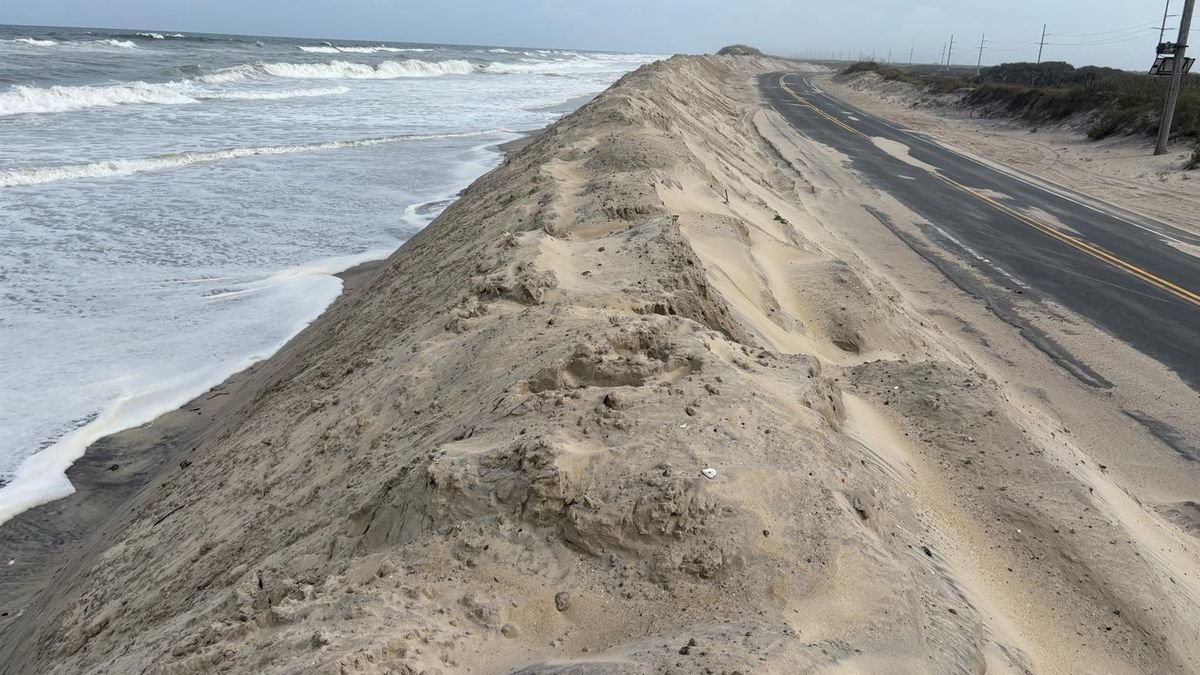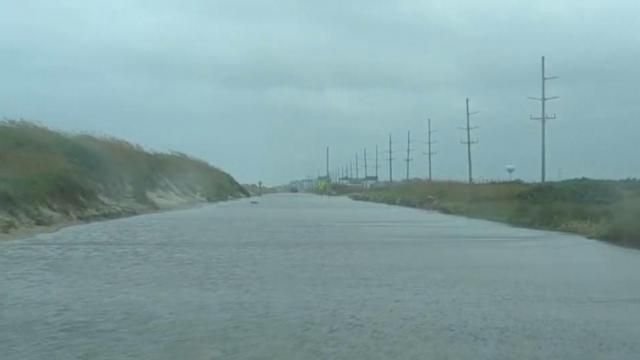NORTH CAROLINA
— Travelers flying between the United Kingdom and North Carolina may notice their journeys getting noticeably smoother — and it’s not by chance. Pilots are now relying on advanced weather forecasting tools to dodge turbulence, steer around storms, and deliver safer, more comfortable flights across the Atlantic.
Thanks to real-time tools like the
WSI app
, flight crews can predict and avoid rough weather far more accurately than in the past — a shift that’s making even choppy skies feel more manageable.
Turbulence Isn’t Gone — But It’s Easier to Handle
While turbulence is still a regular part of air travel, new tech is giving pilots the ability to anticipate it more precisely. One commercial pilot, who shared insights via a
viral TikTok video
, explained how they input the flight number into the WSI app and instantly receive a visual map of the entire route — from London to Charlotte, for instance — complete with weather data and key waypoints.
“In the top right corner, I enter my flight number, and the route appears as a purple line,” the pilot said. “Then I can check for clouds, wind shifts, and more along the way.”
Tools Pilots Use Mid-Flight
-
Live Radar Data
: To spot weather systems ahead and reroute in real time. -
Satellite Imagery
: To track cloud formations and storm systems as they form. -
Winds Aloft Forecasting
: To identify strong wind currents that often trigger turbulence. -
Turbulence Maps
: To assess and prepare for bumps in the ride — and alert passengers early.
With this mix of radar, satellite imagery, and predictive meteorology, pilots can shift altitudes, change headings, or prepare announcements for passengers when moderate or severe turbulence is expected.
What This Means for Passengers
Even though turbulence may still occur unexpectedly, pilots can now give travelers a heads-up sooner — and that alone can ease a lot of anxiety. The general advice remains the same:
always wear your seatbelt
, even when the light’s off.
For those who feel nervous when the plane gets bumpy, it helps to remember that turbulence is rarely dangerous. It’s caused by rapid changes in wind direction or temperature, which can jostle the aircraft but don’t threaten its structural safety. The flight crew, equipped with state-of-the-art forecasting tools, is trained to manage it all.
Real-Time Decision Making in the Cockpit
The pilot behind the TikTok video stressed how technology isn’t just about comfort — it’s about
flight safety
.
“This is significant meteorology,” they said. “We’re not just guessing. These tools help us stay ahead of the skies.”
By using all the data at their disposal — radar scans, satellite visuals, turbulence charts, and wind direction at altitude — pilots now have a tactical advantage that can change a flight plan mid-route. That adaptability can be the difference between a smooth flight and a bumpy one.
With transatlantic routes like
London to North Carolina
becoming more common, these tech upgrades couldn’t have come at a better time. While passengers may never see the WSI app or satellite charts themselves, they’ll certainly feel the benefits — and arrive just a bit more relaxed.
How do you feel about turbulence during flights? Have you ever noticed a smoother ride thanks to a good pilot?
Share your experiences with us in the comments on
SaludaStandard-Sentinel.com.












